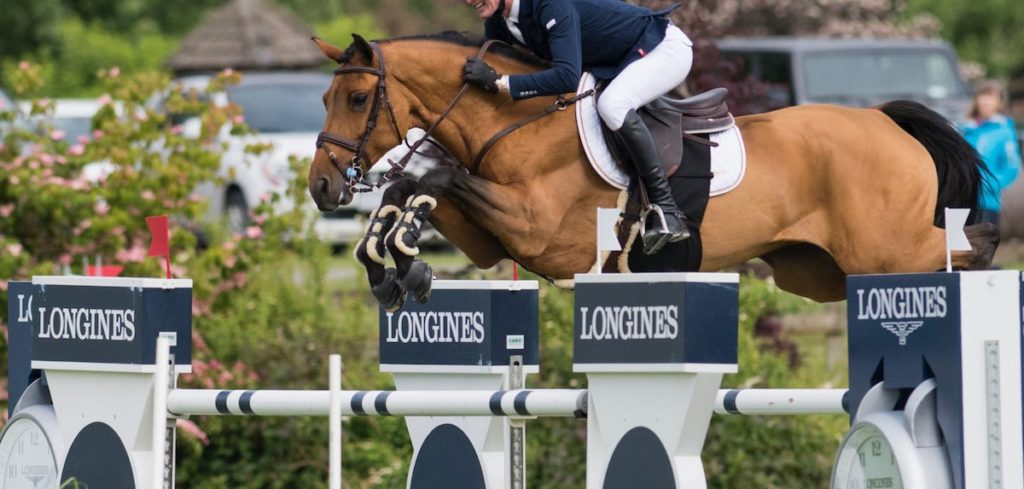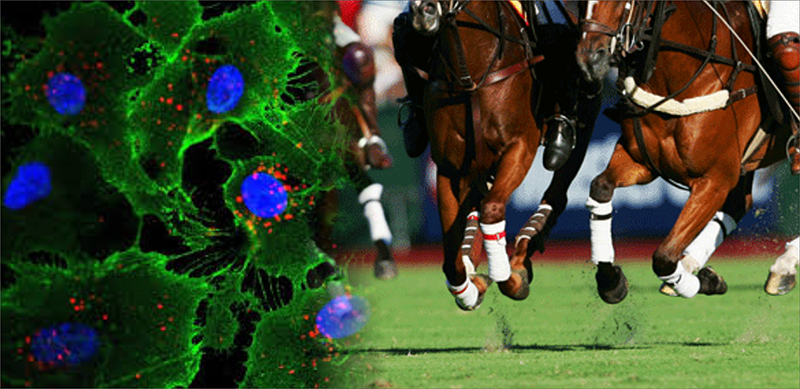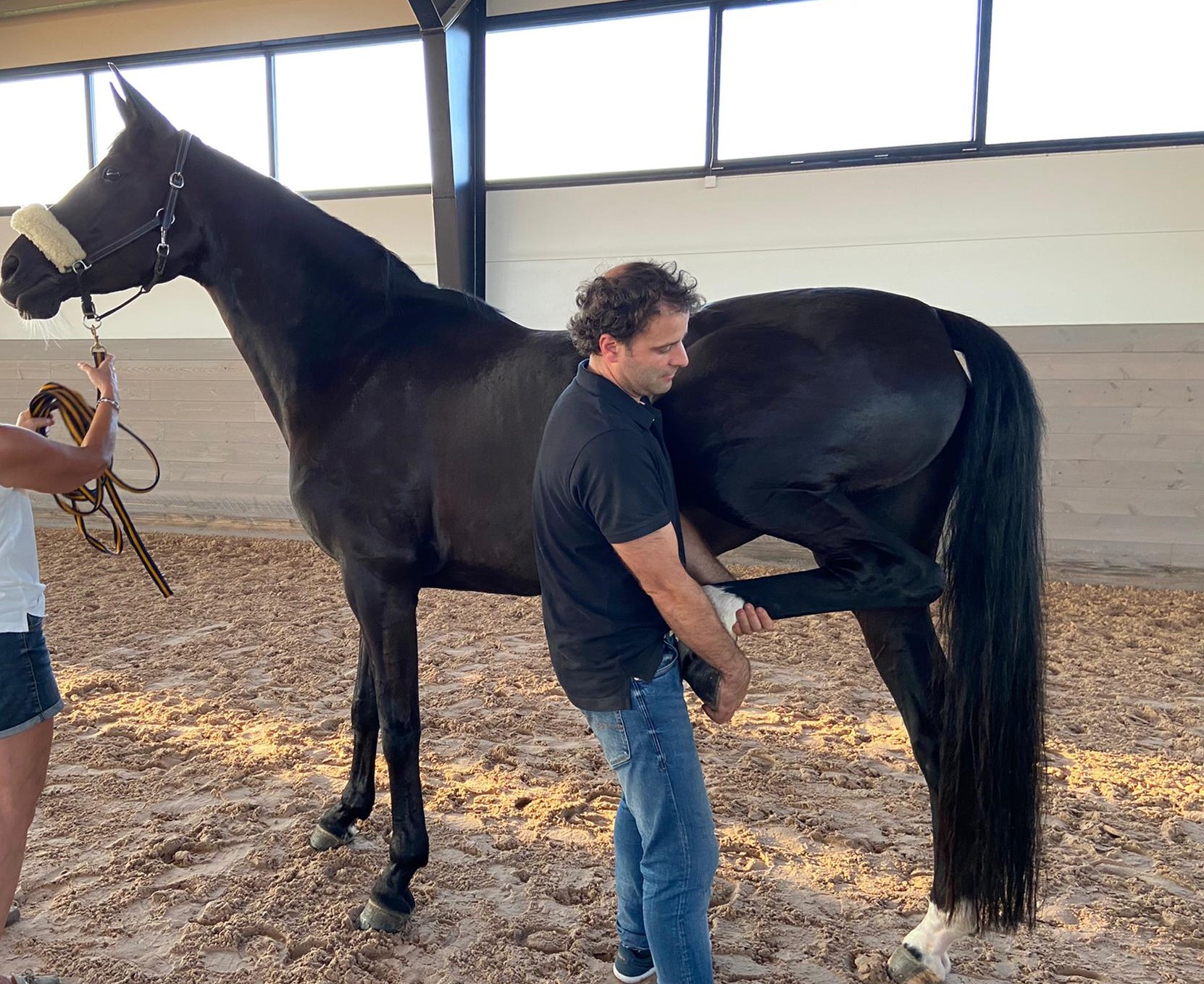Hip joint lameness in the equine athlete can be an acute injury, but many of the conditions affecting this region can have an insidious onset and lead to reduced performance problems long before actual lameness is apparent.
Some of the most common clinical signs of horses and complaints from riders are lack of propulsion, poor hindquarters engagement, reluctance in turns, back stiffness, lack of power in turns, muscle pain, gait short / stiff and varying degrees of lameness.
The clinical presentation can vary widely with chronicity typically showing some form of gait abnormality or lameness, but often the horse
It will present with lateral rotation of the leg and some form of muscle enlargement if it is acute or usually atrophy if it is chronic in the gluteal region.
Coxofemoral arthropathies can also present as an acute or chronic problem. Acute lameness of the hip joint can vary widely in severity and is generally associated with some trauma or fall that can stretch the soft tissues of the joint capsule or the combined ligaments of the hip joint femoral head. These horses often present with lateral rotation and the leg abducted from the body.
The leg flexion test often makes lameness worse, especially if the leg is adducted. This horse can develop significant muscle atrophy in the hip region for a short period (3-4 weeks), depending on the severity of the lameness.
In our Sport Horses Vet practice we often observe that less serious injuries can become chronic, a condition that later presents with underdeveloped musculature. Injury to the joint region can progress to an osteoarthritic condition that can show the spectrum of decreased performance ability, low-grade gait abnormality, chronic lameness.
The diagnosis is based mainly on a very good clinical examination, also
intra-articular anesthesia of the hip joint under ultrasound guidance can be effective in isolating lameness in the area.
Ultrasound examination may detect increased fluid or thickened capsule in the
joint in acute problems and evidence of bone remodeling with osteophytes in the chronic condition.
Direct treatment of the hip joint is best done with ultrasound guidance and the administration of corticosteroids, hyaluronan, polysulfated glycosaminoglycans, autologous regenerative components, or a combination thereof.

Extracorporeal Shock Wave Therapy (ESWT) has been clinically effective for the soft tissue and bone conditions in the area.









No Comments